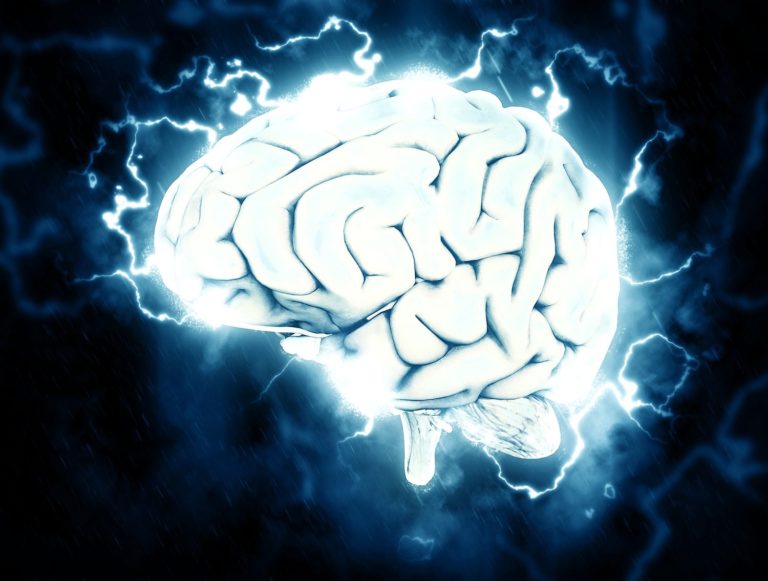A common question we get asked frequently is whether the Fisher Wallace Stimulator is considered transcranial direct current stimulation (tDCS), or cranial electrotherapy stimulation (CES). To clear the air once and for all, the Fisher Wallace is most definitely CES. This confusion tends to persist because many review sites actually list the Fisher Wallace stimulator under their best tDCS devices list—which is misleading and leads readers to incorrectly assume the Fisher Wallace device to be tDCS. Even Fisher Wallace themselves advertise their stimulator toward Google search keywords relating to “tDCS” through Google Adwords, see screenshot below:

It’s important to first distinguish between tDCS and CES. The main difference between tDCS and CES, is tDCS utilizes a constant, direct current typically up to 2 mA during stimulation; while CES utilizes an alternating current up to 5 mA—typically varying in frequency from 0.5 to 500 Hz. CES is also classified by the FDA as a class III medical device with premarket approval. On the other hand, tDCS has yet to be approved or cleared by the FDA as of the date this article is published.

Now back to the question at hand, the Fisher Wallace Stimulator is considered a CES device because the device outputs an alternating current waveform with three frequencies—5 Hz, 500 Hz, and 15,000 Hz—with current outputs of 1 to 4 mA. Again, tDCS only pertains to stimulation parameters with a constant DC current, so the fact that the Fisher Wallace comes with three different waveform frequencies should drive the point home that it is in fact CES and not tDCS.




